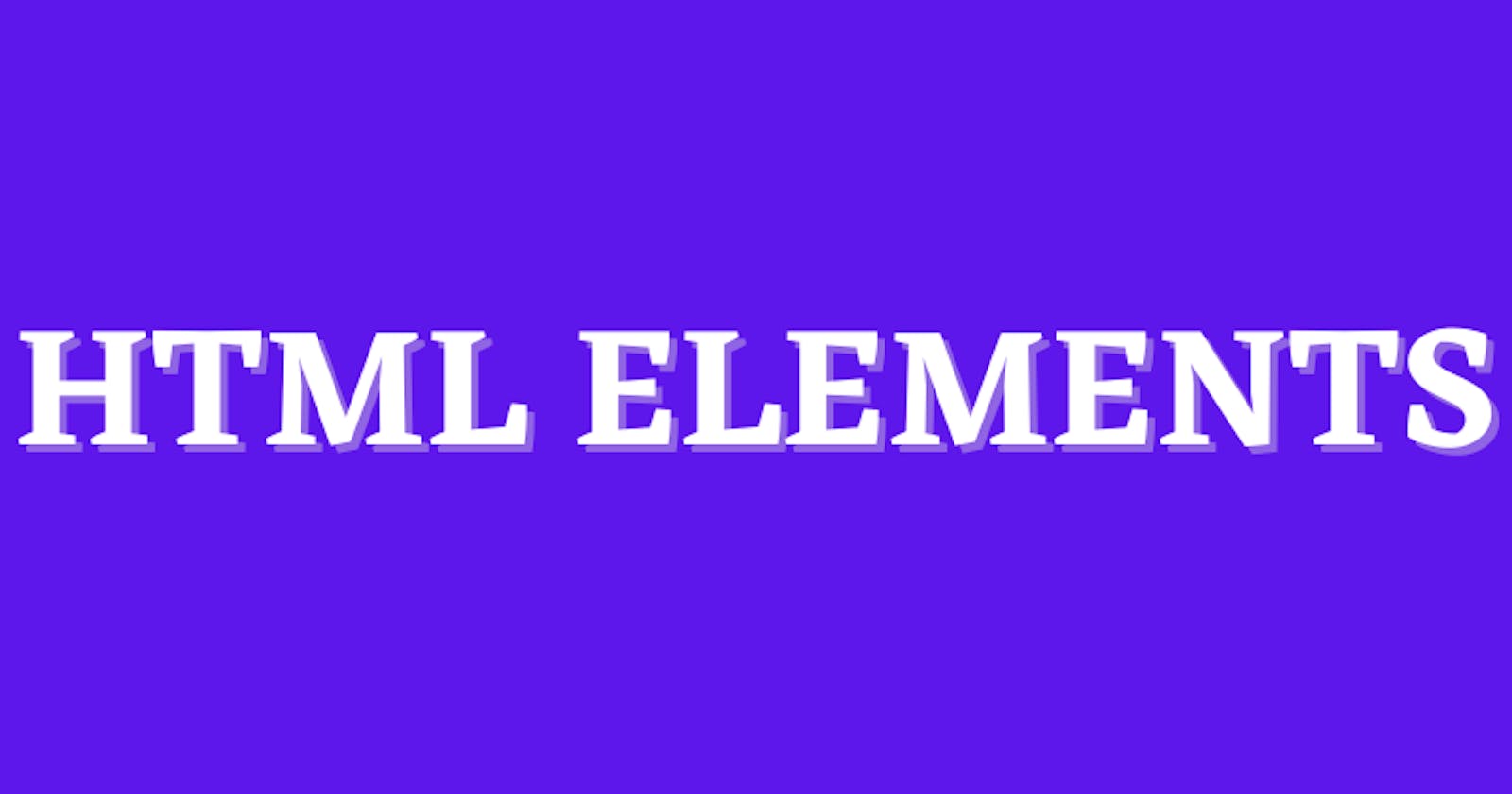HTML, or Hypertext Markup Language, is the foundation of all websites on the internet. It's a markup language that is used to structure content on web pages, allowing developers to create rich, dynamic web pages with multimedia, interactive forms, and other features. In this blog post, we'll dive into the basics of HTML elements and how they work.
HTML Elements
HTML documents are made up of a series of elements, which are the building blocks of web pages. Each element is enclosed in opening and closing tags, which tell the browser how to interpret and display the content within the tags. Here's an example of a basic HTML element:
<p>This is a paragraph.</p>
In this example, the <p> tag is the opening tag, and the </p> tag is the closing tag. Everything between the opening and closing tags is the content of the element, in this case, the text "This is a paragraph."
Types of HTML Elements
There are many different types of HTML elements, each with its own purpose and function. Here are some of the most commonly used HTML elements:
- Headings (
<h1>to<h6>): Used to define headings and subheadings on a page.
<h1>Main Heading</h1>
<h2>Subheading</h2>
- Paragraphs (
<p>): Used to define paragraphs of text.
<p>This is a paragraph of text.</p>
- Links (
<a>): Used to create links to other web pages, documents, or other resources.
<a href="https://example.com">Link Text</a>
- Images (
<img>): Used to insert images into a web page.
<img src="image.jpg" alt="Image Description">
- Lists (
<ul>and<li>for unordered, andolandlifor ordered): Used to create lists of items.
<ul>
<li>Item 1</li>
<li>Item 2</li>
<li>Item 3</li>
</ul>
- Forms (
<form>): Used to create interactive forms for users to submit information.
<form>
<label for="name">Name:</label>
<input type="text" id="name" name="name">
<input type="submit" value="Submit">
</form>
Conclusion
HTML elements are the foundation of every web page, and understanding how they work is essential for web development. With the knowledge of basic HTML elements, you can begin to create your own web pages and explore the many possibilities of web development. Happy coding!
